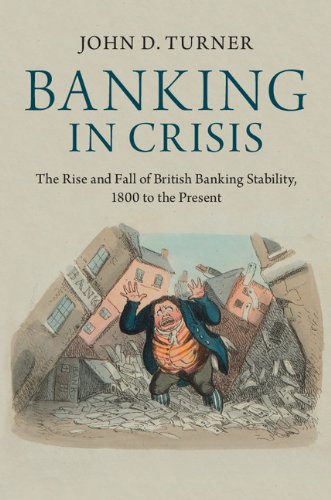Along with Christopher Coyle and Gareth Campbell, I've recently had a paper published in the Journal of Financial Stability entitled This Time is Different: Causes and Consequences of British Banking Instability over the Long Run. In this paper, we use bank share prices to measure British banking stability over two centuries. We find that over the long run interest rates, inflation, lending growth and equity prices are leading indicators of instability and that there is a long-run relationship between UK bank instability and the credit-risk premium. This paper is an extension of my Banking in Crisis book, where I look at the institutional and political causes of banking instability rather than their macroeconomic causes and consequences.
According to Robert Shiller , speaking at Davos, Bitcoin is a perfect example of a bubble - story here . Shiller sees Bitcoin as a backwards step in the evolution of money. George Selgin , a free banker, takes an opposing view - click here . Although he doesn't believe that Bitcoin is money, he sees its development as a fascinating turn in the evolution of money. In particular, he lauds the fact that Bitcoin production is constrained and cannot be infinite. There is a short video below where Bitcoin explain how it works.
